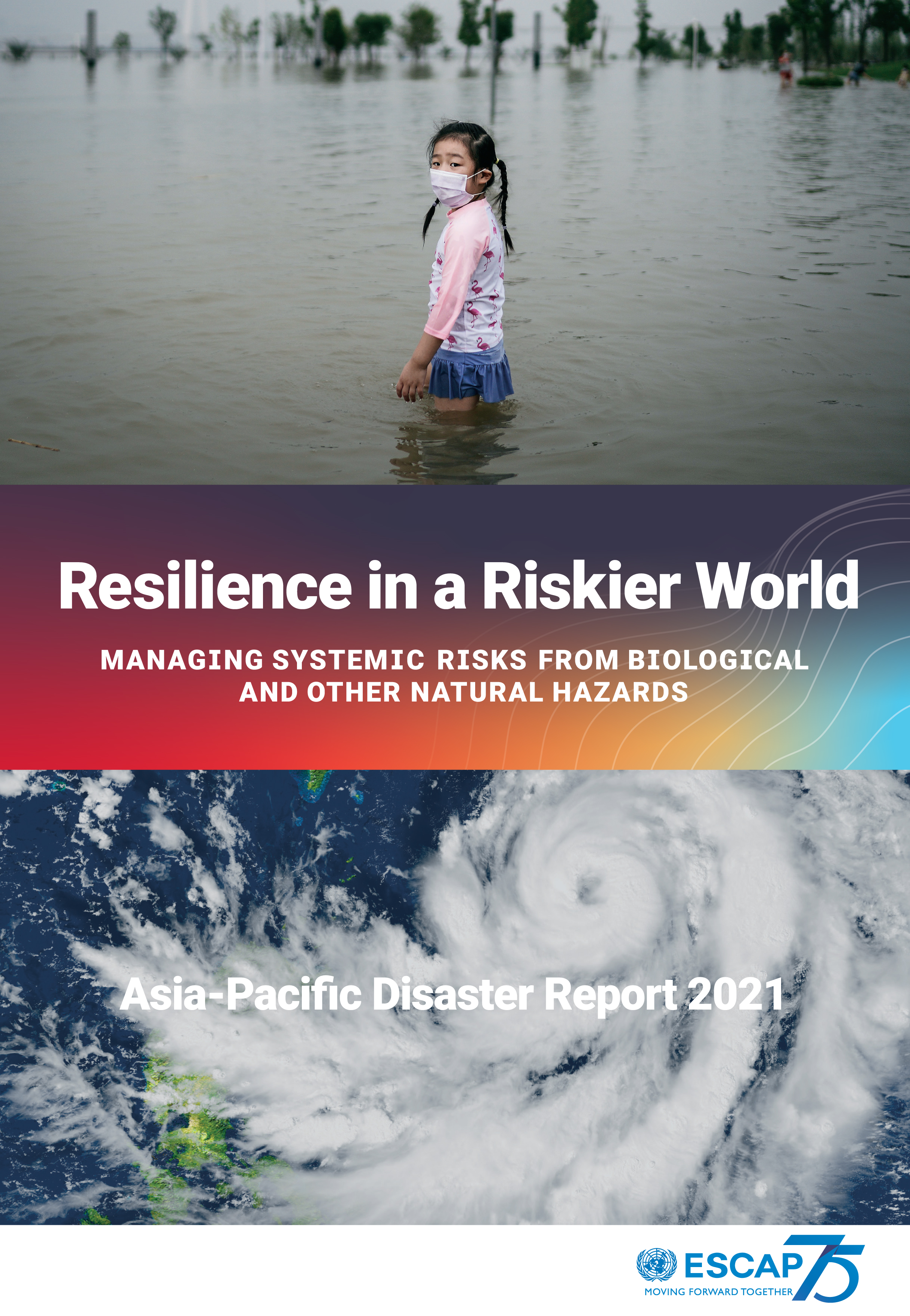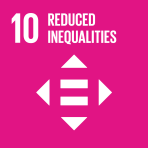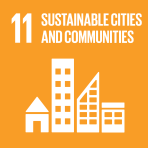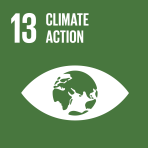The shifting contours of the Asia-Pacific disaster riskscape

- مؤلف: United Nations Economic and Social Commission for Asia and the Pacific
- العنوان الرئيسي: Asia-Pacific Disaster Report 2021 , pp 1-23
- تاريخ النشر: أكتوبر ٢٠٢١
- DOI: https://doi.org/10.18356/9789210057776c006
- Language: الإنجليزية
Over the past two decades, countries in Asia and the Pacific have made significant progress in achieving the Sustainable Development Goals related to disaster risk reduction (Goal 1, Goal 2, Goal 11), and to promoting good health and well-being (Goal 3). But most are still ill-prepared for complex overlapping crises. The simultaneous impacts of various hazards presents a riskscape that is expanding, and in particular, when biological risks are combined with those from other natural hazards, such as cyclones, earthquakes or drought. This was harshly demonstrated by the global spread of the COVID-19 pandemic, which presented an additional biological shock of a scale not experienced in a century. The world experienced deep consequences for health and survival, and national economies and societies suffered. Adding biological risks into loss calculations has increased current annual average losses from disasters to $780 billion. The pandemic, combined with the persistent reality of climate change, is thus reshaping and expanding the Asia-Pacific disaster riskscape. The region has regressed on the critical goal of climate action (Goal 13), and the emerging disaster-climate-health nexus demands a much more systemic approach to disaster risk reduction.
-
From This Site
/content/books/9789210057776c006dcterms_title,dcterms_subject,pub_keyword-contentType:Journal -contentType:Contributor -contentType:Concept -contentType:Institution105



